Employee Student Loan Debt is an Employer’s Problem Too. What Can an Employer Do?
Carried by 44 million Americans and totaling $1.7 trillion in collective debt, student loans are the second largest form of debt in the United States. The Bureau of Labor Statistics reports approximately 151,602,000 in the workforce, equating to 1 in 3 employees shouldering student loans. While the individual may have taken out these loans, employers are not immune from the financial stress that comes with them.
Stress can harm an employee’s job satisfaction, productivity, attendance, talent acquisition, and employee retention. According to a University of Massachusetts Lowell report, stress alone costs American companies more than $300 billion annually. According to the American Psychological Association (APA), money is the top cause of stress in the United States. With the ever-increasing cost of education, many borrowers cannot see this stress going away any time soon.
So, what options can employers offer to stop these loans from affecting their business?
Raises:
A pay raise is perhaps the most simple solution to help employees with their loans, and the logic is clear; more money should mean less financial stress. The APA’s 2020 survey appears to back this claim, reporting a disparity between household income and level of financial stress. Of households with an income less than $50,000, 73% reported that money is a significant source of stress, compared to 59% of those with household incomes of $50,000 or more saying the same. But this report also shows that regardless of income, money is a significant source of stress in most households.
However, despite being the simplest solution, a raise may not be the most feasible option to all employers, perhaps due to a lack of budget to provide a raise or the risk of compromising their current system for granting raises.
Consolidated Appropriations Act:
An option for businesses with available capital but would prefer not to give raises, the Consolidated Appropriations Act (CAA) of 2021 was signed into law through the end of 2025. Under the CAA, employers can make annual tax-exempt contributions of up to $5,250 per employee for eligible educational expenses without raising the employee’s gross taxable income.
Spread across the year as monthly contributions, this equates to approximately $437 a month per employee, a great benefit when the average monthly student loan payment is $393 a month.
However, if an employer cannot provide $437 monthly per employee, even small contributions can significantly impact the employee’s debt. Let us compare two fictional employees as an example:
Both employees have a student loan balance of $60,000 and are on a 25-year extended fixed repayment plan at 6.8% interest. Their monthly payment is $416.44.
- Employee A’s employer does not offer any CAA benefit. After 25 years of making payments on the original loan and accrued interest, Employee A will have paid a total of approximately $124,933. An amount over twice as much as they borrowed.
- Employee B’s employer provides them with $100 a month through the CAA. When combined with their regular payment, Employee B will pay their loans off in 16 years and save $26,927 in interest.
If Employee B’s employer gave the entire $437, Employee B would be out of debt in only eight years; almost two decades sooner than Employee A, and saving nearly twice as much in interest!
However, before contributing to your employee’s student loan payments, it is worth noting that the Consolidated Appropriations Act falls under Sec. 127(c) of the IRS code, which means the benefit must:
- Have a written plan document
- Not provide more than 5% of its total annual benefits to individuals who own more than 5% of the company’s stock.
- Not provide eligible employees with a choice between educational assistance benefits and any other taxable compensation
- Provide eligible employees with reasonable notification of the availability and terms of the program
- Benefit employees in an employer-designated classification that does not discriminate in favor of highly compensated employees, defined as an employee owning at least 5% of the employer’s stock or an employee that received compensation from the employer in the preceding year in excess of a specified amount determined annually by the IRS.
Redirecting funding of current benefits:
Of course, not every employer can afford or justify the expense of additional benefits. As an alternative option, employers could instead redirect funds away from their current, lesser-used benefits to help solve their employees’ student loan problems.
A recent Oliver Wyman survey found that 58% of respondents would prefer their employer make payments to help reduce their student debt versus making additional contributions to their retirement fund. 45% chose assistance with student loan repayment as the single most compelling employee benefit among six potential options, including retirement and health care contributions. 76% of respondents in an American Student Assistance organization (ASA) study stated that if a prospective employer offered a student loan repayment benefit, it would be the deciding or a contributing factor to accept the job.
One benefit that the Society for Human Resource Management (SHRM) suggests redirecting is unused PTO. A study by Oxford Economics reports that American companies are carrying $224 billion in liabilities due to unused vacation time, with the average cost being $1,898 per employee. As we saw in the CAA example, redirecting the cost of unused PTO towards an employee’s student loans could save them years’ worth of payments and thousands of dollars in interest.
Another commonly available but underutilized benefit is tuition reimbursement, sometimes called “tuition assistance.” It is important to note that “tuition reimbursement” does not mean reimbursement for student loans already taken out but instead refers to an employer contributing a predetermined amount of assistance for an employee’s future education. A 2015 survey conducted by the Lumina Foundation reports that U.S. companies collectively spend approximately $28 billion annually on these programs, but only 2-5% of eligible employees participate in them. The low participation may be because employees do not wish to pursue further education or that only 43% of employees are even aware their employer offers this benefit. Regardless, it does not change that this unused benefit costs participating companies approximately $5,000-7,000 annually per employee, enough to cover the maximum amount allowed through CAA donations.
The Oliver Wyman study also suggests that redirecting the cost of underutilized or less valued benefits would also significantly impact recruiting, referrals, and employee retention. Among working professionals with student debt, 90% say that having a student loan repayment benefit would positively impact their decision to accept a job offer, recommend an employer, or stay with their current employer.
Educating your employees on federal student loan forgiveness programs:
Various federal student loan forgiveness programs are available to almost every federal student loan borrower; however, many are unaware or misinformed about these programs.
A 2020 financial stress survey conducted by John Hancock Retirement shows that 50% of respondents agree that the workplace is an excellent place to receive financial information making it more important than ever for employers to educate themselves properly. And because it costs nothing for employers and employees to learn about these programs and check their eligibility, it is the most economical option.
Three of the most popular federal forgiveness programs to be educated on are Public Service Loan Forgiveness, Income-Driven Repayment Forgiveness, and Teacher Loan Forgiveness.
Public Service Loan Forgiveness (PSLF)
Introduced in 2007, Public Service Loan Forgiveness is available to all full-time public service workers and those working full-time for qualifying non-profit organizations. After making 120 qualifying payments on direct loans, the remaining balance, principal and interest, is forgiven by the Department of Education, tax-free.
However, reports from the Department of Education show that of the PSLF submissions between November 9th, 2020, and April 30th, 2021, only 2.1% of applicants received forgiveness through the program.
While the base requirements for PSLF may sound simple, the process is anything but easy. Convoluted annual recertifications, foggy definitions of what constitutes a “qualifying payment” or “direct loan,” and insufficient aid from loan servicers all contribute to a borrower’s rejection.
Because PSLF forgives the entire remaining balance, this program could provide the most considerable savings and lowest cost of any option available if done correctly. Therefore employers in the public sector are highly encouraged to have their employees contact reputable student loan forgiveness experts to prevent misinformation and discover how much this program can assist them.
Income-Driven Repayment Forgiveness (IDRF)
An option available to nearly all borrowers regardless of employer, IDRF requires the borrower to make payments under one of four repayment plans; Pay As You Earn (PAYE), Revised Paye As You Earn (REPAYE), Income-Based Repayment (IBR), and Income Contingent Repayment (ICR). Eligibility for each plan depends on the borrower’s marital status, loan type, loan history, and whether or not the borrowers’ loans are in default.
Depending on the loan type, payment plan, and if they used the loan for an undergraduate or graduate degree, a borrower can expect total forgiveness in 20 or 25 years.
As the name suggests, an “income-driven repayment” plan bases its monthly payment on a borrower’s discretionary income, calculated through their annual adjusted gross income and household size. Therefore IDRF is most beneficial to those with low incomes and a large household size who do not work in the public sector. Still, many borrowers could see lower monthly payments through one of these payment plans regardless of income and household size.
A consultation with a student loan expert can help employees determine which repayment plans are available to them and provide an estimate of what their monthly payment could be.
Teacher Loan Forgiveness (TLF)
A program exclusively for teachers, to be eligible, a teacher must:
- Have taught at least five consecutive years at a Title 1 school
- Work full-time in the classroom during those five years
- Have their state teaching certification
- Have a bachelors in the area they teach for all five years
- Not have an outstanding balance on any student loans on or before October 1st, 1998
This program grants $5,000 of forgiveness to teachers who meet the qualifications; however, math or science teachers in middle or high school and ESE certified teachers could be eligible for $17,500 of forgiveness through this program.
It is important to note that teachers can only receive forgiveness through TLF once and cannot be working towards TLF and PSLF simultaneously. Traditionally this makes TLF the better option for teachers with lower loan balances and PSLF preferable for those with higher loan balances.
A conversation with a student loan expert can help determine how much a teacher is eligible for and discuss their best options regarding their loan balance.

Conclusion:
Student loans will not disappear any time soon, if ever, but employers can be proactive and take action before it affects their own business any further.
Do they want to invest their own money for a greater return on investment? Perhaps all their employees need is to know their federal options. An employer could even combine their options, redirecting benefits to help cover an employee’s payments while working towards federal forgiveness.
Whatever option an employer pursues, one thing is clear; they need to take action now.



